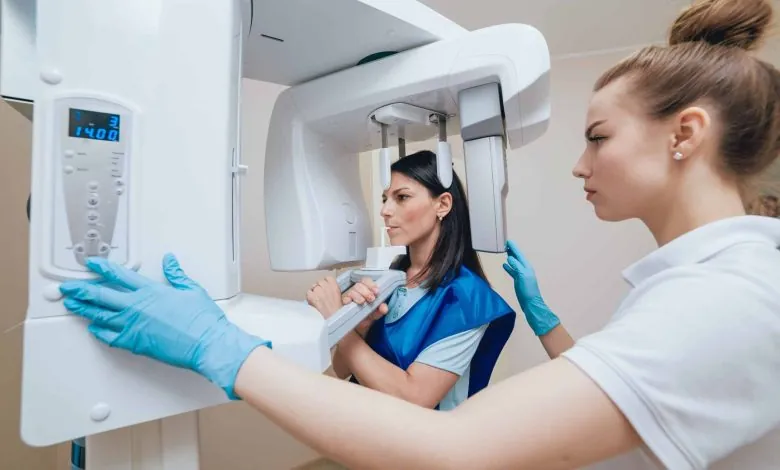Dental X Rays: How They Help Your Dentist Catch Problems Early

Dental X-rays are a crucial tool in catching problems early. When you visit your Winnsboro dentist, they use these images to spot issues invisible to the eye. This approach allows for early detection of cavities, infections, and other conditions that might not show symptoms yet. By finding these issues early, your dentist can provide treatment before they become severe. You’ll avoid pain and more costly procedures down the line. X-rays can reveal hidden decay, infections, and even bone loss. Each of these can progress without you knowing. However, with routine X-rays, your dentist keeps a vigilant eye on your dental health. You might wonder if X-rays are safe. The answer is yes. Modern dental X-rays involve minimal radiation exposure. They are a safe and effective way your dentist protects your health. In short, dental X-rays play a key role in maintaining your healthy smile.
Why Do You Need Dental X-Rays?
Dentists rely on X-rays because they reveal issues that are not visible during a regular dental exam. For example, X-rays help in discovering areas between the teeth and below the gum line. These are common sites for decay and infection. Early detection means you can address these issues promptly and prevent more significant complications.
X-rays also provide a baseline for your dental health. They allow dentists to track changes over time. This ongoing monitoring is essential in managing your oral health effectively.
Types of Dental X-Rays
Dental X-rays come in various types, each serving a distinct purpose. Understanding the different types helps you know what to expect during your dental visits.
- Bitewing X-rays: These show details of the upper and lower teeth in one area of your mouth. They help in detecting decay between the teeth.
- Periapical X-rays: These focus on showing the entire tooth from crown to the root tip and the surrounding bone. They are useful for finding issues below the gum line or in the jawbone.
- Panoramic X-rays: These capture the entire mouth in a single image. Dentists use them to assess the position of fully emerged as well as emerging teeth, detect impacted teeth, and plan treatments.
Comparative Benefits of Different Types of X-Rays
| Type of X-Ray | Primary Use | Benefits |
|---|---|---|
| Bitewing | Detecting decay between teeth | Quick assessment of cavities |
| Periapical | Examining entire tooth structure | Identifies root problems and bone issues |
| Panoramic | Full mouth overview | Identifies impacted teeth and jaw disorders |
Safety of Dental X-Rays
Dental X-rays are safe when administered by trained professionals. The amount of radiation used is low. Lead aprons and thyroid collars are used to protect your body from unnecessary exposure.
The American Dental Association (ADA) provides guidelines on how often X-rays should be taken. These guidelines ensure safety while maintaining effective dental care.
Questions You Might Have
If you have concerns about dental X-rays, talk to your dentist. Discuss your medical history and any previous exposure to radiation. This is especially important if you are pregnant or undergoing extensive medical treatments.
Conclusion
Dental X-rays are invaluable in preventive dental care. They allow your dentist to catch problems early, resulting in less invasive and less expensive treatments. By keeping up with your routine dental visits, you ensure your dental health remains in top condition. If you are concerned about the safety or necessity of X-rays, consult with your dentist. They will provide reassurance tailored to your specific needs.
Overall, dental X-rays play a crucial role in maintaining your oral health. They help prevent future issues and ensure that you keep smiling confidently. Be proactive and ensure that you are getting the most out of your dental visits by understanding the importance of X-rays.




